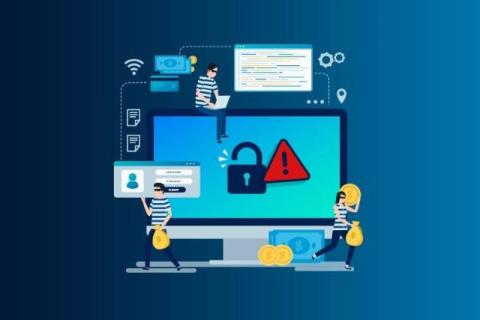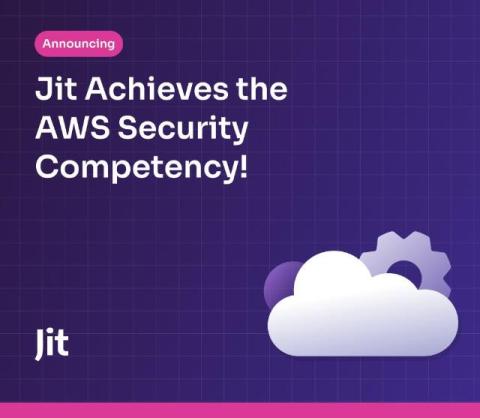Add Alias in Active Directory
Microsoft Active Directory is a directory service for Windows domain networks. Active Directory serves as a centralized database which stores information about network resources, including users, computers, and services. It plays a significant role in network management and security, providing a framework for user authentication, authorization, resource management, and policy enforcement. This allows organizations to manage permissions and access rights across the entire network efficiently.











